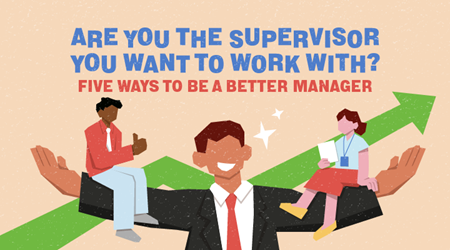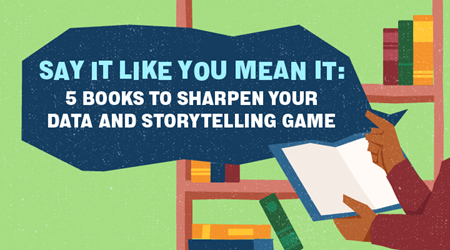7 Ways To Power Through The Post-Lunch Slump
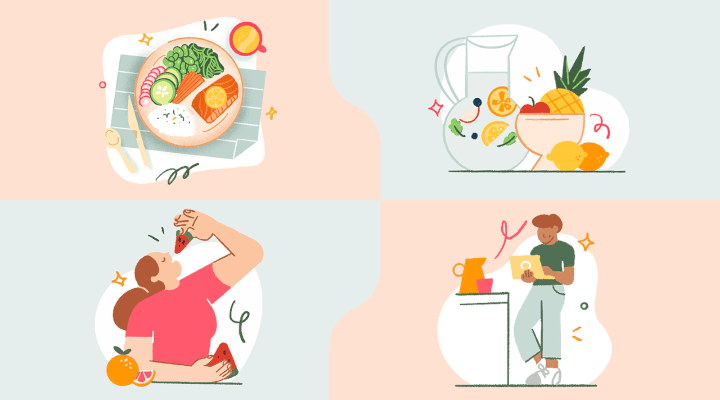
You start the day strong, tackling your to-do list at a speed like no other. Then lunch hour comes and goes, and now you’re back at your desk, feeling like a zombie.
Sounds familiar? The “afternoon slump”, or the drop in energy levels we experience at midday, is common.
One reason for that is our bodies are not meant to stay alert 24/7. We need time to rest and recharge. Our circadian rhythm, or internal body clock, affects our energy levels throughout the day.
The afternoon slump could also be due to a “food coma”. When we eat a heavy meal full of refined carbohydrates (think white bread or pasta), our blood sugar spikes and then crashes, leading to lethargy.
No matter the cause, an afternoon slump can be a real hindrance to our productivity. But before you reach for yet another cup of coffee, try these ways to beat your post-meal sleepiness.
1. Fend off the food coma
The trick to fending off the food coma is to choose your food wisely. Avoid options with refined sugar and fewer calories, which can cause a sugar crash. Instead, fill your plate with more wholegrains, fibre and protein.
A helpful way is to follow the Healthy Plate guide by the Health Promotion Board.
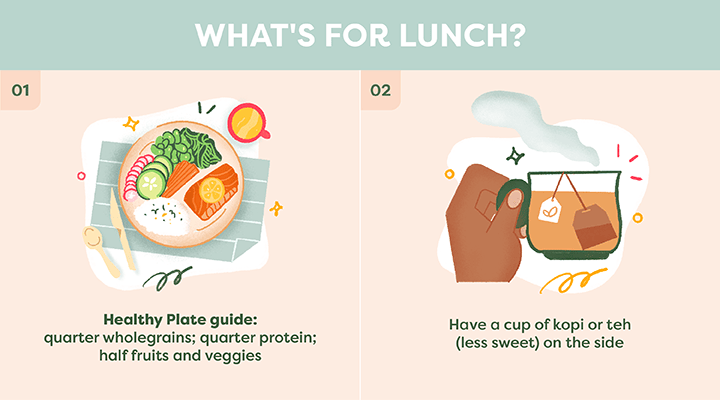
Even with a plate full of carbs, research has found a few simple tricks to reduce the post-meal sugar crash. Eat your leafy veggies first, so that the fibre helps to slow down the absorption of sugar from starchy food. This can be as easy as starting with a salad, or simply eating the greens on your plate first.
Another tip is to chew slowly. According to experts, it takes up to 20 minutes to feel full once we start eating. Slowing down can help our brains register that we are sated before we reach for another bite. This prevents overeating, which will worsen a food coma.
2. Try a Standing Desk
If you find yourself dozing off at your desk, try standing up. Research has shown that standing desks can work wonders in keeping you alert and focused.
In an experiment, call centre employees who worked at standing desks had 53% more successful calls than those who worked while seated. Those with standing desks also benefited from fewer health risks, like obesity and heart disease.
Don’t own a standing desk? If you don’t wish to fork out the money, take the DIY approach and create a make-shift one. The next time you feel yourself fading, get on your feet to give your mind and body the jolt it needs.
3. Fuel Up With Fluids
A magical, non-caffeinated elixir that instantly boosts your energy levels exists – and it's been right in front of you: water.
Our bodies are made up of 60% water, so we need to be hydrated to keep our bodies going. And while sugary drinks are fine to indulge in from time to time, these drinks may leave you feeling more sluggish once their energy-boosting effects wear off.
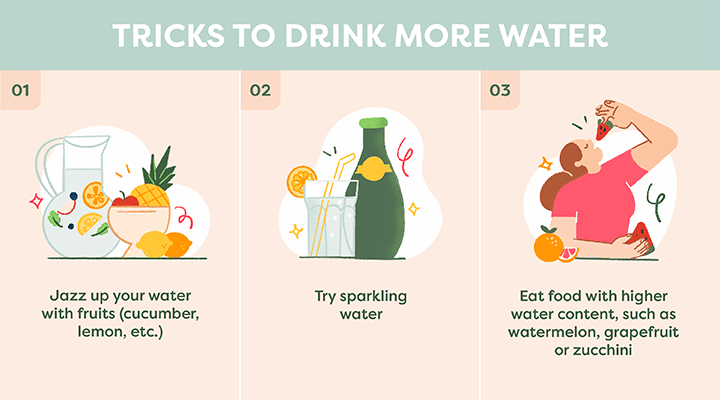
Pro tip: Use this handy hydration calculator to find out your ideal daily water intake.
4. Fix Your Sleep Schedule
Scrolled on your phone into the wee hours of the morning? We’ve all been there. While giving in to revenge bedtime procrastination might feel good in the moment, it does your body no favours.
Poor habits can lead to an irregular sleep schedule and even sleep deprivation. Instead, aim to get at least seven hours of sleep and stick to a regular bedtime. Not only will you wake up feeling refreshed, but you’ll also be able to power through the pesky afternoon slump.
5. Get Your Heart Pumping
A great way to combat a dip in energy is to get your body moving. This occurs at a cellular level: you might have heard that the mitochondria is the powerhouse of the cell.
More movement causes the mitochondria to work harder and release energy from the food you eat, giving you the energy boost you need.
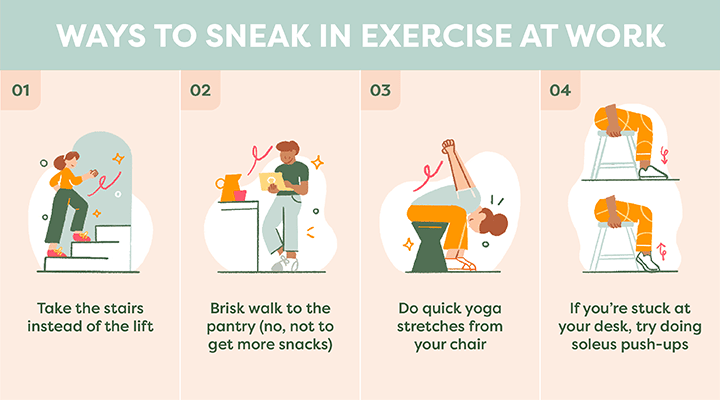
6. Turn on Some Tunes
Channel the power of music to enhance your productivity. Music can increase dopamine levels, improve cognitive performance and make work feel more enjoyable.
Of course, the key is to choose the right tunes. Here’s some music to plug into, depending on your needs:
- Boost your focus: Work alongside Lofi Girl with Lo-Fi beats
- Reduce stress and retain information: Listen to well-loved classics like Beethoven’s “Für Elise” or Erik Satie’s “Gymnopédie No. 1”.
- Liven up mundane tasks: Feel like you’re conquering the universe with the Interstellar soundtrack
7. Use the Pomodoro Technique
If all else fails, get your engines going with a tried-and-tested time management method: the Pomodoro technique. With 25 minutes of dedicated work time and 5 minutes of rest time, Pomodoro is a great way to chip away at an overwhelming task.
More importantly, the method allows you to take short breaks to recharge. And while five minutes might not seem very long, you’ll be surprised at how you can use short bursts of time to boost your energy.
- Take a 20-second eye break: focus on something 20 ft (5 m) away
- Do a one-minute breathing exercise
- Try this two-minute focus reset meditation
- Have a quick five-minute chat with your colleagues
To try the Pomodoro technique, simply use the timer on your phone or use this web-based Pomodoro timer.
So the next time you find yourself halfway to dreamland after lunch, keep these tips in mind. Don’t let the afternoon slump win!
- POSTED ON
May 16, 2023
- TEXT BY
Erin Liam
- ILLUSTRATION BY
Liew Xinyi




